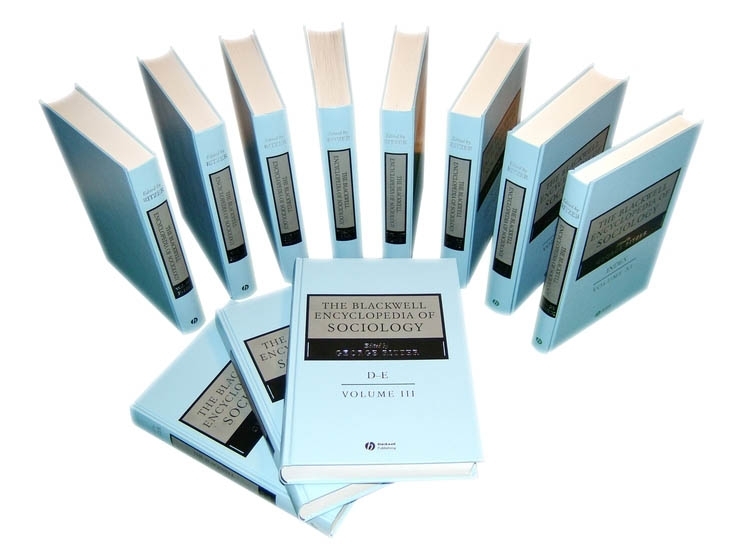Bilingual, Multicultural Education
Abstract
The term bilingual education is used to refer to a variety of different language programs in schools with different goals and methods. These programs range from those that transition minority-language students to the majority language as quickly as possible, to programs that build or maintain high-level proficiency in a second language through teaching content area in that language. One of the ways of distinguishing different types of bilingual education programs by their goals and methods is to classify them as strong or weak forms of bilingual education (for more on forms of bilingual education, see Baker 1996). Weak forms of bilingual education are programs where the goal is monolingualism or limited bilingualism, whereas strong forms of bilingual education are programs where the goal is bilingualism and biliteracy. Weak forms of bilingual education include submersion or structured immersion programs in the majority language, programs that transition students into the majority language, mainstream education programs with foreign language teaching, and segregationist language programs. Strong forms of bilingual education – those programs emphasizing fluency in two languages – include immersion in a minority language, maintenance/heritage language programs, two-way/dual language programs, and bilingual education in two majority languages in populations with two majority languages. Some bilingual education programs include or are a part of multicultural education. Multicultural education acknowledges the ethnic and cultural differences of a diverse student population and seeks to provide equal access to education for all students. While some have equated multiculturalism to cultural pluralism, the former differs in that it not only recognizes differences among groups, but also aims to provide equal access to institutions for all groups (for more on multiculturalism, see Goldberg 1994; Hollinger 1995; Mahajan 2002).



